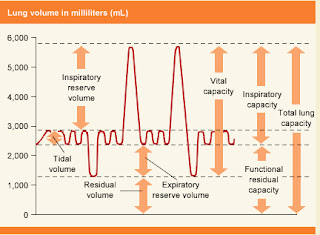A Drug
drug is defined as any chemical (substance) that can
affect living processes (lehne , 2007)
Pharmacology
Pharmacology is defined as the study of drugs and
their interactions with living systems.(Lehne , 2007)
Clinical Pharmacology
Clinical Pharmacology is defined as the study of
drugs in humans.It gives data,about indications,the potency ,doses and toxicity
of drugs,for their safe clinical use.(Lehne , 2007)










